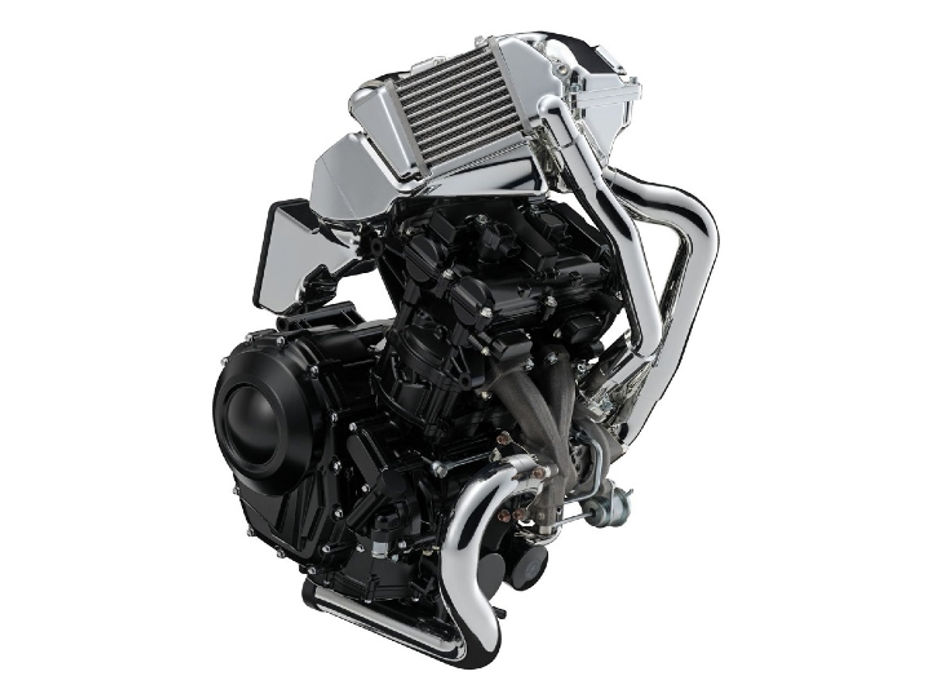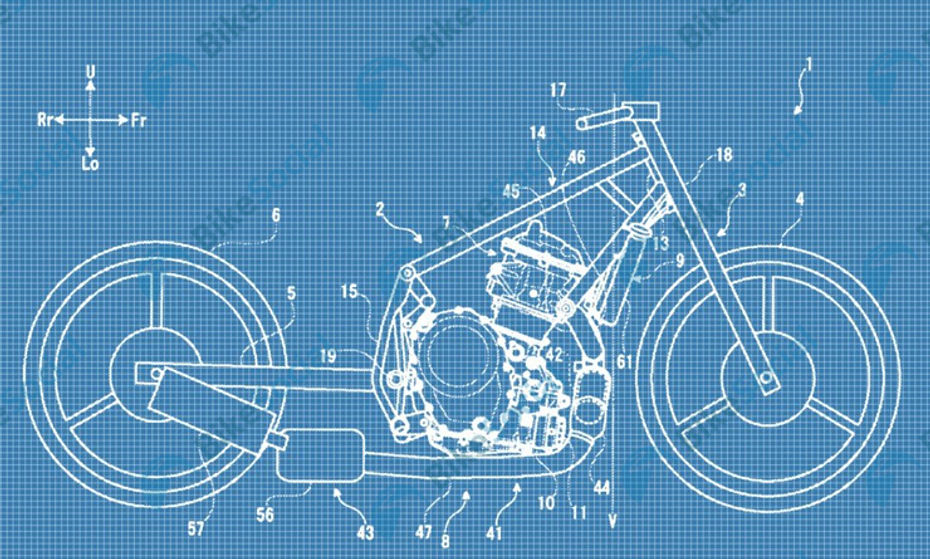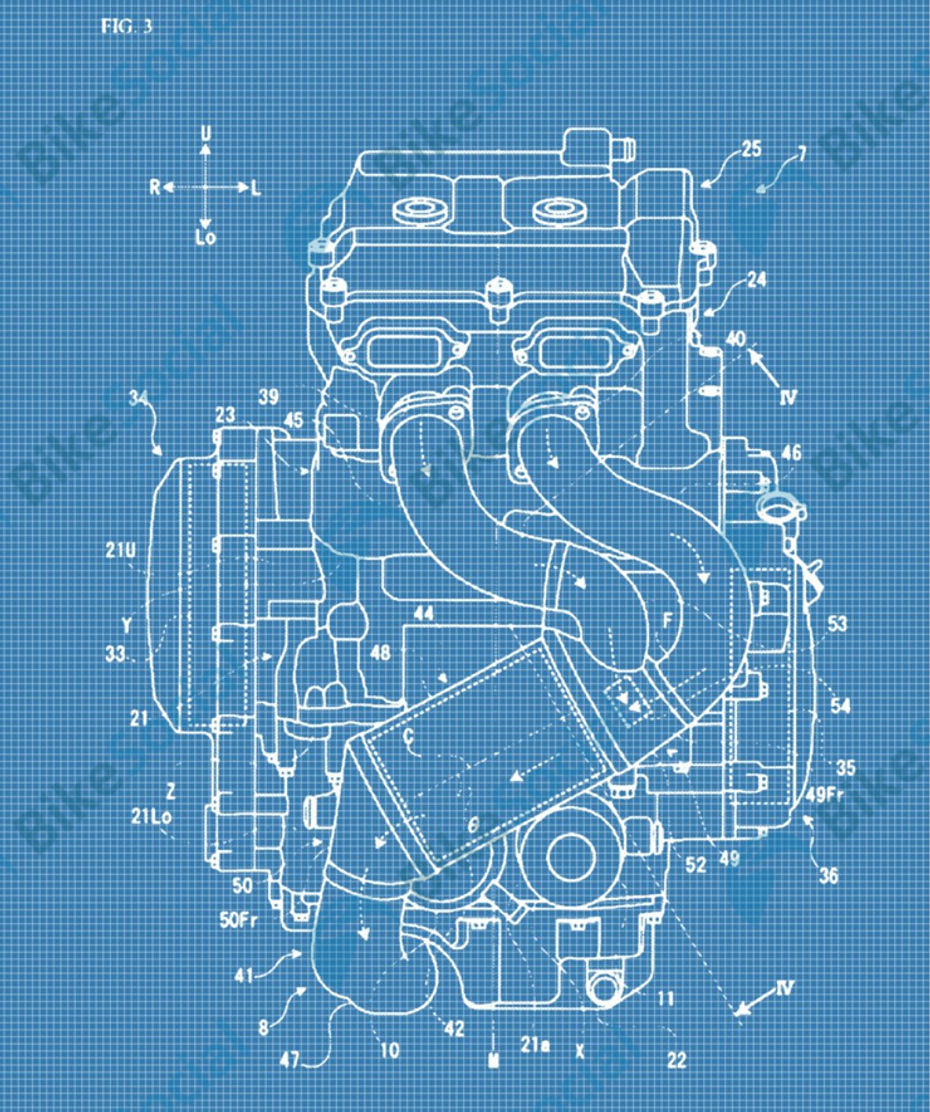
Launched: The Suzuki V-Strom 800DE Is A Vastly Cheaper Alternative To...
- Mar 29, 2024
- Views : 1441


Everybody wants a slice of the twin-cylinder mid-capacity segment at the moment. The Royal Enfield 650s have seen reasonable market success since their launch, and Bajaj is concurrently developing mid-range twins with Triumph while also gearing up for the parallel-twin KTM 490s. As far as the Japanese are concerned, the Honda 500cc twins are on their way here, where they will be joined by the Kawasaki 650cc range. But Suzuki only has the rather niche V-Strom 650XT on offer, and even that model is on sabbatical because of BS6 emission norms. But it could field a very capable naked roadster soon.

Patents filed in Japan show Suzuki to be working on a parallel-twin motor in the 700cc displacement range. There’s nothing new about this engine; in fact, it can trace its roots all the way back to 2013, when Suzuki unveiled the original Recursion concept. Back then, the concept bike was powered by a 588cc turbocharged parallel-twin mill. In 2015, this was replaced by the XE7 motor, a 700cc turbocharged parallel-twin. The engine in these recent patents is simply a naturally-aspirated version of the XE7 engine, we believe.
For decades, the SV650 provided an affordable yet practical option to bike buyers the world over. But its ageing 650cc motor will struggle to meet Euro 5 emission norms, and even if it does, it will most likely be down on output compared to its rivals while costing more. And that’s because most of its rivals (the Kawasaki Z650, Yamaha MT-07, Honda CB500F) use parallel-twin motors that are cheaper to design and build. The SV’s V-twin in contrast, requires two cylinder heads and four camshafts and more complex intake and exhaust routing, to name a few hurdles. If you can’t beat them, join them, Suzuki has decided.

In addition to powering an SV650 successor, this engine has the potential to carry a large chunk of Suzuki’s lineup on its shoulders. In NA form, we expect an output in the range of 70-80PS, but with a turbo slapped on as originally intended, we could see 120PS or even 150PS. This flexibility allows Suzuki to use this engine in a variety of different models, perhaps even replacing the V-twin in the V-Strom 1050 somewhere down the line. What its exact plans are, only Suzuki knows. But we’re very excited to see how things unfold.
Source

Launched: The Suzuki V-Strom 800DE Is A Vastly Cheaper Alternative To...

Upcoming 2024 Suzuki Access 125 Spied Testing

Suzuki Hayabusa 25th Anniversary Celebration Edition Launched In India

ZigOpinion: Here’s Why A 225cc Yamaha RX 100 Doesn’t Make...

Upcoming Two-Wheeler Launches In March 2024

2024 Bajaj Pulsar NS200 And Bajaj Pulsar NS160 Unveiled Ahead Of...

Bajaj Pulsar NS400 India Launch In April 2024

Honda NX400 Launched In Japan; CBR400R Receives Updates

EXCLUSIVE: Upcoming Bajaj CNG Bike Spotted Testing Again

BREAKING: Ather Rizta Electric Scooter To Launch On April 6
India's largest automotive community